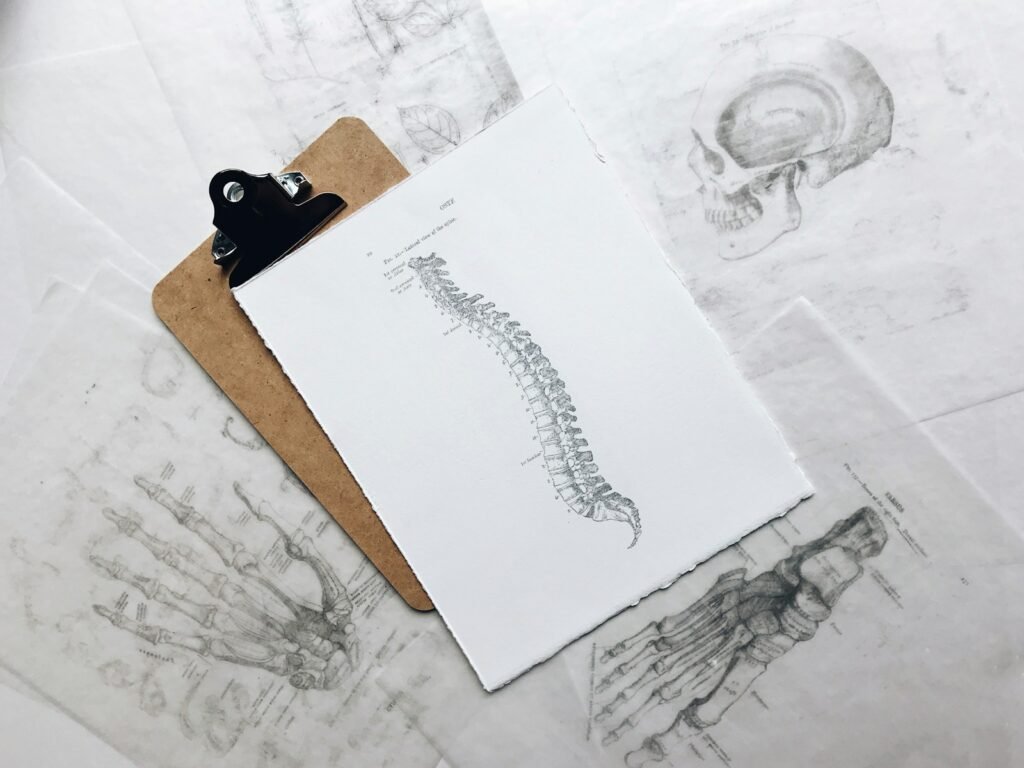There are five different types of posture: one ideal and four problematic. Recognizing which posture you have is the first step in finding a solution or preventing posture issues.
1. Ideal posture: Also known as neutral posture, it features a straight spine with a slight S-shaped curve, balanced head positioning, and a mild arch in the lower back. This posture promotes efficient movement and reduces the risk of musculoskeletal issues.
2. Kyphotic posture: This posture is characterized by an exaggerated forward curvature of the upper back, often leading to rounded shoulders and a forward head position. It can cause muscle imbalances, back pain, and respiratory issues.
3. Lordotic posture: Identified by an excessive inward curvature of the lower back, causing the pelvis to tilt forward and the buttocks to protrude. This posture can lead to discomfort and pain in the lower back.
4. Flat back posture: In this posture, the spine loses its natural curve and becomes flat. People with flat backs may have difficulty standing up straight and experience back or leg pain.
5. Swayback posture: This posture involves a pronounced inward curve at the lower back, with the pelvis tilted forward significantly. It often results in a forward head posture and can cause back pain and mobility issues.







